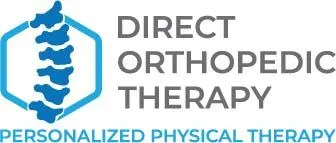Whether you’ve had a hernia repaired surgically or are just beginning to notice symptoms, physiotherapy can often help you manage them.
Excessive pressure can rupture muscles and tissues, resulting in a hernia. Massive pressures on the tissue can quickly cause this damage but can also occur slowly with repeated exposure.
Hernias come in a variety of forms, including the following:
- The most frequent hernia, the inguinal hernia, affects the groin area.
- The Hiatus hernia is when part of your stomach protrudes up through the diaphragm into your lungs.
- About 20% of those who have had abdominal surgery later on develop an incisional hernia (laparotomy)
Physiotherapies main aim is to:
- Reduce pressure on the tissue (e.g., treating poor breathing mechanics)
- Strengthening the supporting tissue is two of the basic goals of physiotherapy (e.g., deep core strengthening)
- Assist by using compression support
One of the causes of abdominal hernias is abdominal effort or physical exercise. If you already have a hernia in your abdomen, you must exercise with extreme caution. Immediately following hernia surgery, you may take activities to aid in healing and strengthen your core, which can help avoid future hernias.
In some instances, exercising the hernia may help alleviate some of its symptoms by strengthening the muscles around the hernia and encouraging weight reduction.
Research on the effects of exercise on obese patients preparing to have ventral hernia repair surgery was carried out in 2018. Patients who completed the exercise regimen experienced fewer post-operative problems.
Book your appointment…
Does Physical Therapy follow hernia Surgery?
Patients who have undergone surgery to remove an umbilical hernia may not be advised or urged by their doctor to seek physical therapy. But that doesn’t mean physical treatment isn’t essential to prevent future hernias.
What are we talking about?
Adult individuals with umbilical hernias may lack the core strength required for daily tasks. This is the primary cause of an umbilical hernia.
Physical therapy is a great way to strengthen and manage your base.
When you’ve had surgery for an abdominal hernia, it’s critical to take it easy and pay attention to your body’s signals. Returning to normal activity levels after surgery can take up to 12 weeks. So, to begin, do fewer repetitions of softer exercises and gradually increase the intensity of your workouts as your body heals.
Our team will provide you with the best physical therapy.
Conclusion:
When performing these workouts, you shouldn’t feel much of an increase in discomfort. However, you should stop completing the exercise if your pain rises by over two points on a 10-point scale.


